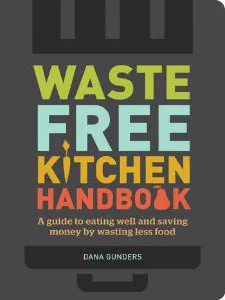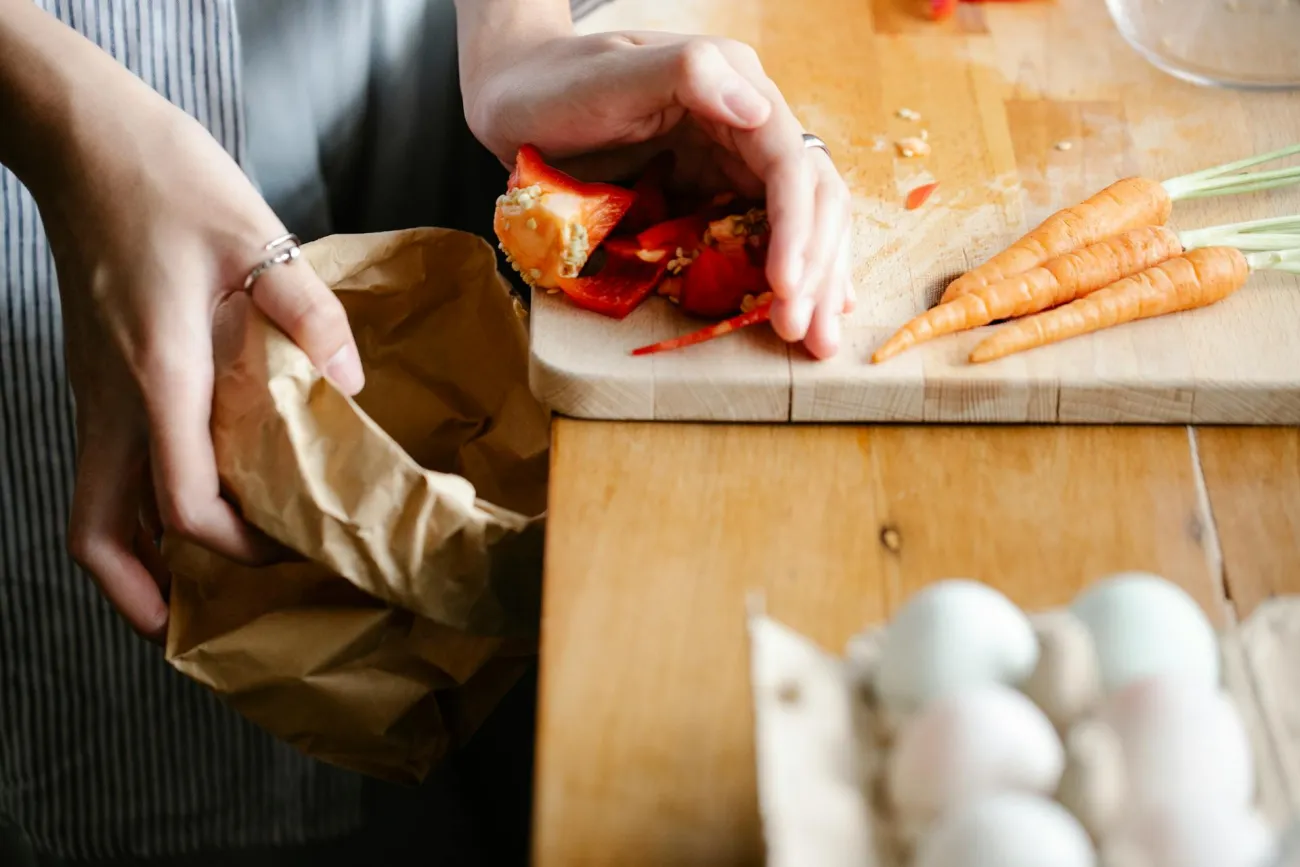The average U.S. family spends $2,225 every year on food they don't eat. American consumers are collectively responsible for more wasted food than farmers, grocery stores, or any other part of the food-supply chain.
This new book, entitled Waste-Free Kitchen Handbook provides accessible information about the state of the problem as well as a set of tips and techniques to eanble people to reduce the amount of waste they produce.

Abstract
Despite a growing awareness of food waste, many well-intentioned home cooks lack the tools to change their habits. This handbook—packed with engaging checklists, simple recipes, practical strategies, and educational infographics—is the ultimate tool for reducing food waste. From a scientist at the Natural Resources Defense Council come these everyday techniques that call for minimal adjustments of habit, from shopping, portioning, and using a refrigerator properly to simple preservation methods including freezing, pickling, and cellaring. At once a good read and a go-to reference, this handy guide is chock-full of helpful facts and tips, including 20 "use-it-up" recipes and a substantial directory of common foods.
Citation
Gunders, D. (2015), Waste-Free Kitchen Handbook: A Guide to Eating Well and Saving Money By Wasting Less Food, Chronicle Books
Read more and order the book here and see further coverage here.
You will find related resources by searching for “household waste” or seeing resources in the research library categories waste and recource use, food waste, and behaviour and practice.




Comments (0)